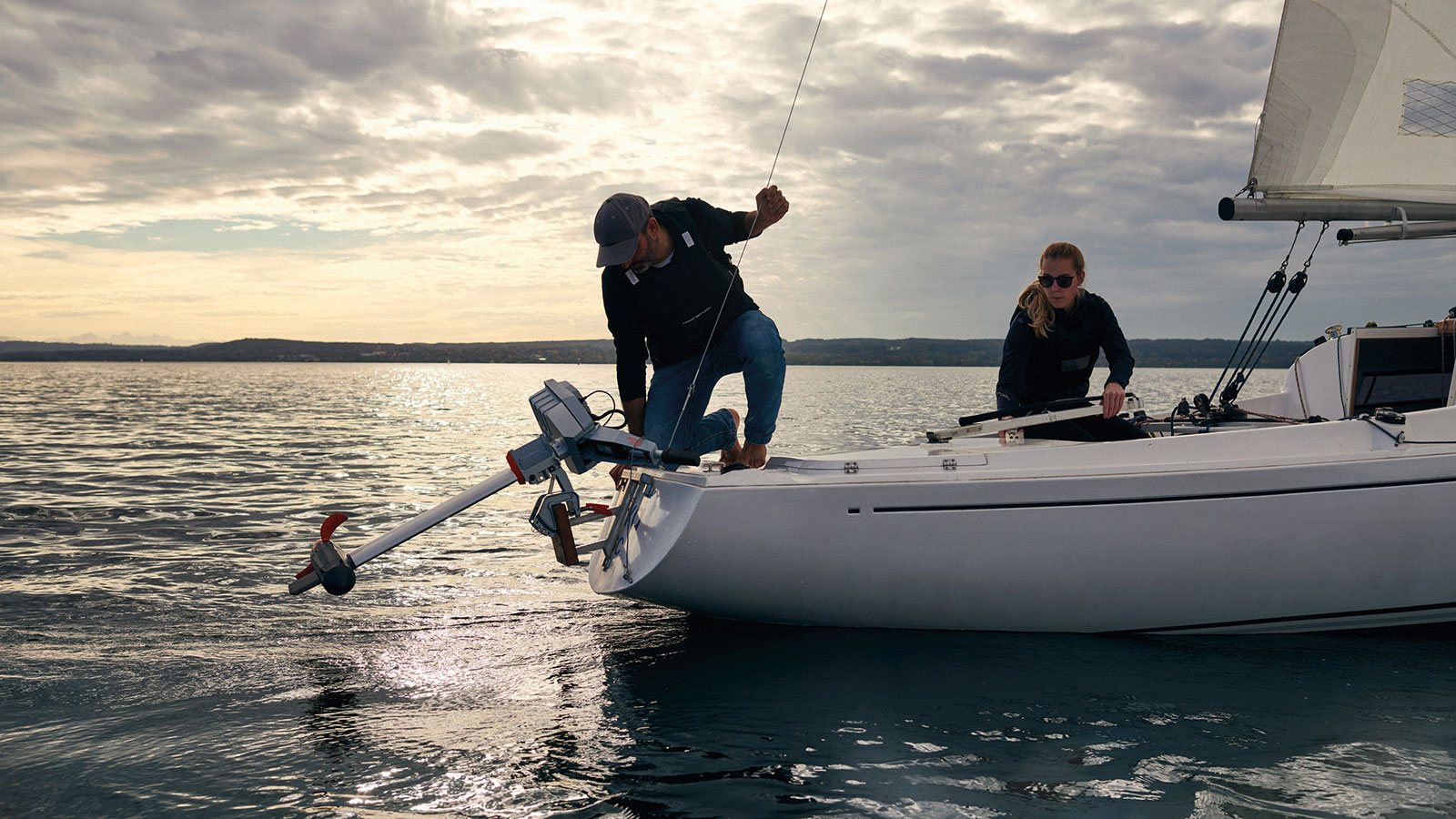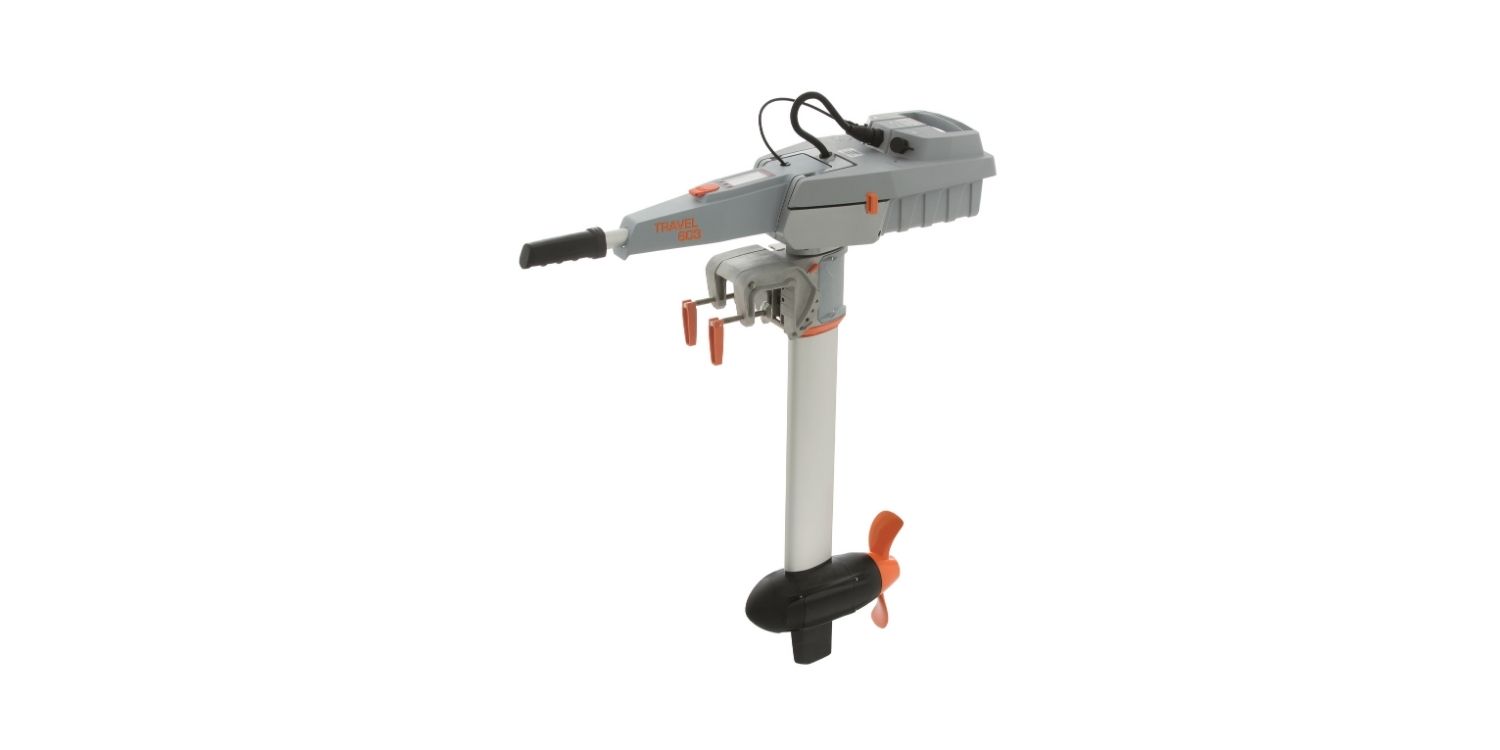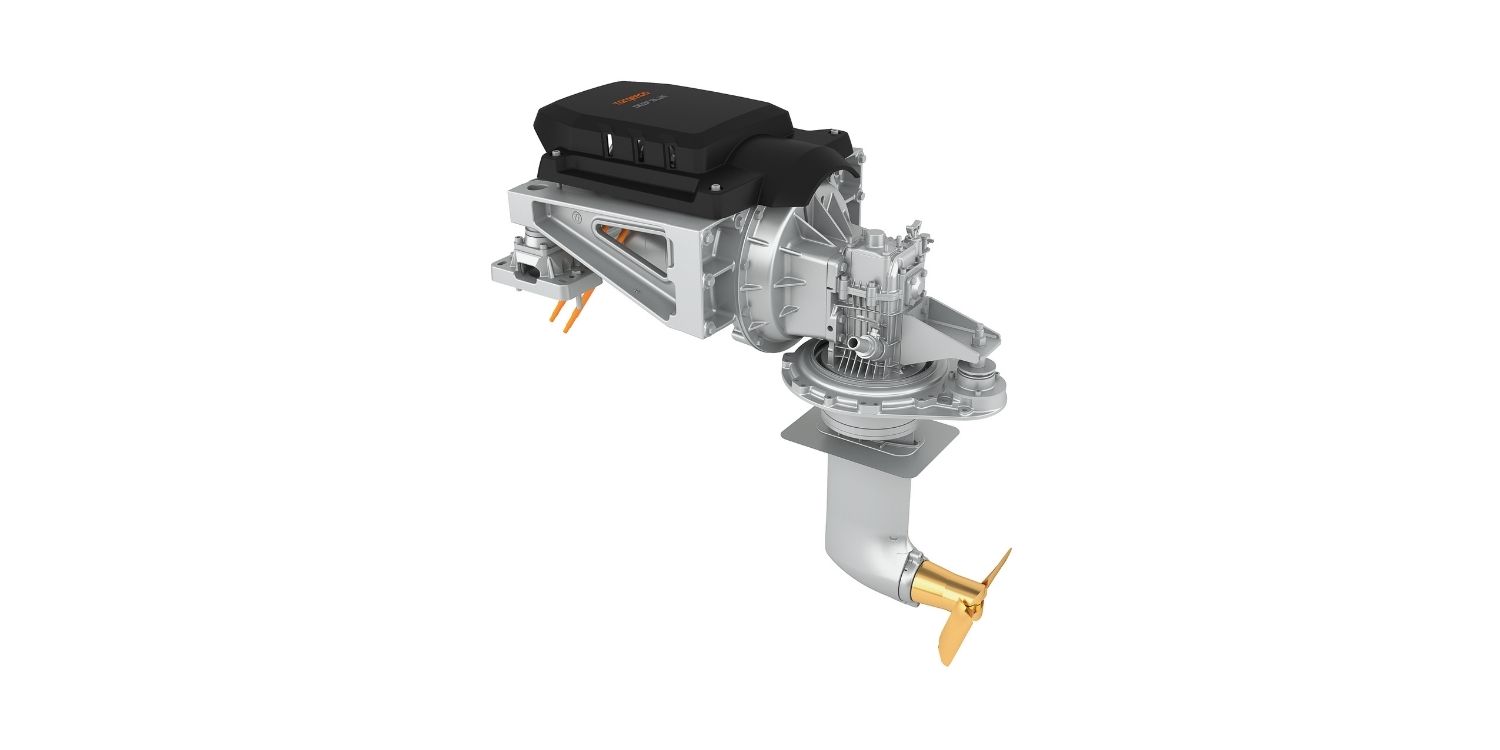


Torqeedo will present the future of marine mobility at the first-ever digital version of France’s premiere boat show, the Salon Nautique de Paris.
The French capital is serious about eco-innovation, from converting boats on the River Seine to electric drives and installing riverside parks where there were once expressways, to sleek and efficient wind turbines powering the Eiffel Tower. As one would expect, the Salon Nautique is an exciting showcase for green tech in the marine industry. This year, due to the continuing disruption of in-person events, the show will take place completely online on the 12th and 13th of March in a uniquely interactive digital environment dubbed Virtual Nautic.
Guests of the Virtual Nautic can visit Torqeedo’s booth and speak with the Torqeedo team from France about the company’s new emission-free products and projects, including a new addition to the Travel family. The Travel 603, a two horsepower-equivalent electric outboard is a lightweight, easy-to-use, emission-free motor suitable for dinghies and daysailers up to 1 tonne. With a push-button start, integrated onboard computer with GPS-calculated range and runtime data, fully variable forward and reverse, and no risk of fuel or oil spills, the Travel 603 is easy to use and easy to maintain.

The brand-new Travel 603 with whisper-quiet, direct-drive technology
The Travel 603 comes with a lightweight, 500 Wh lithium-ion battery that simply clicks on top of the motor, has an optional USB port for charging a mobile phone or camera, and is easy to remove for charging. The removable battery even floats if accidentally dropped in the water. The heaviest piece of the Travel 603 weighs just 11 kg and the total system weight, including the removable battery and tiller, is only 15.5 kg. The motor is fully waterproof to IP67 and has a 2-year warranty for recreational use.
Torqeedo has launched two powerful new saildrive options, Deep Blue 50 SD and Deep Blue 100 SD, the result of a cooperation with ZF announced last year. The quiet, emission-free, fixed saildrives are reliable components for environmentally friendly bluewater sailing and are fully integrated into Deep Blue’s advanced propulsion and onboard energy management systems.

Deep Blue 50 SD; the result of a cooperation with ZF
The 50 kW and 100 kW saildrives are designed for sailing speeds up to 30 knots for high-performance sailing and efficient hydrogeneration, keeping the system’s high-capacity batteries with BMW technology charged while under sail. Like all Deep Blue and Deep Blue Hybrid systems, renewable energy from solar panels, wind or hydrogeneration can easily be integrated into the central system, along with a range extender for seamless backup power.
The popular Cruise series of electric drive systems from five to twenty horsepower-equivalents is seeing advances as well. For 2021, the Cruise 10.0 R outboard and the Cruise 10.0 FP will receive a technical update, shipping with Torqeedo’s advanced communications protocol called TorqLink. The new protocol was initially developed for Deep Blue and is now available for Cruise 10.0 motors, Power 48-5000 lithium batteries and premium Torqeedo throttles.
“TorqLink is a new interface between the components that makes it very easy to set up even a relatively complex electric or hybrid drive system. They all work on the same system, provide information on the same display, and work seamlessly together,” said Dr Ralf Plieninger, managing director of Torqeedo.
Torqeedo also recently announced a new electric azimuth thruster system for commercial applications such as passenger ferries. The new thruster is fully integrated into the Deep Blue system architecture and is paired with lithium-ion Deep Blue batteries which are suitable for use in inland vessels according to ES-TRIN (European Standard laying down Technical Requirements for Inland Navigation vessels) requirements. A DNV-GL type-approved battery variant is also available for offshore applications. The new Deep Blue thruster system is designed to provide up to 65 kW of emission-free power and directional thrust ideal for manoeuvring on Europe's inland waterways.
More information:
Interested in Torqeedo’s new products and developments 2021 for electric mobility on the water? View our digital conference and explore our downloads section: › Torqeedo Digital Conference
Find high-resolution pictures at the: › Torqeedo Dropbox
Find the main catalogue 2021 here: › Catalogue 2021
Find the commercial catalogue 2021 here: › Commercial Catalogue 2021
Torqeedo’s new products for 2021 on display at Virtual Nautic
- Press Releases
- Commercial